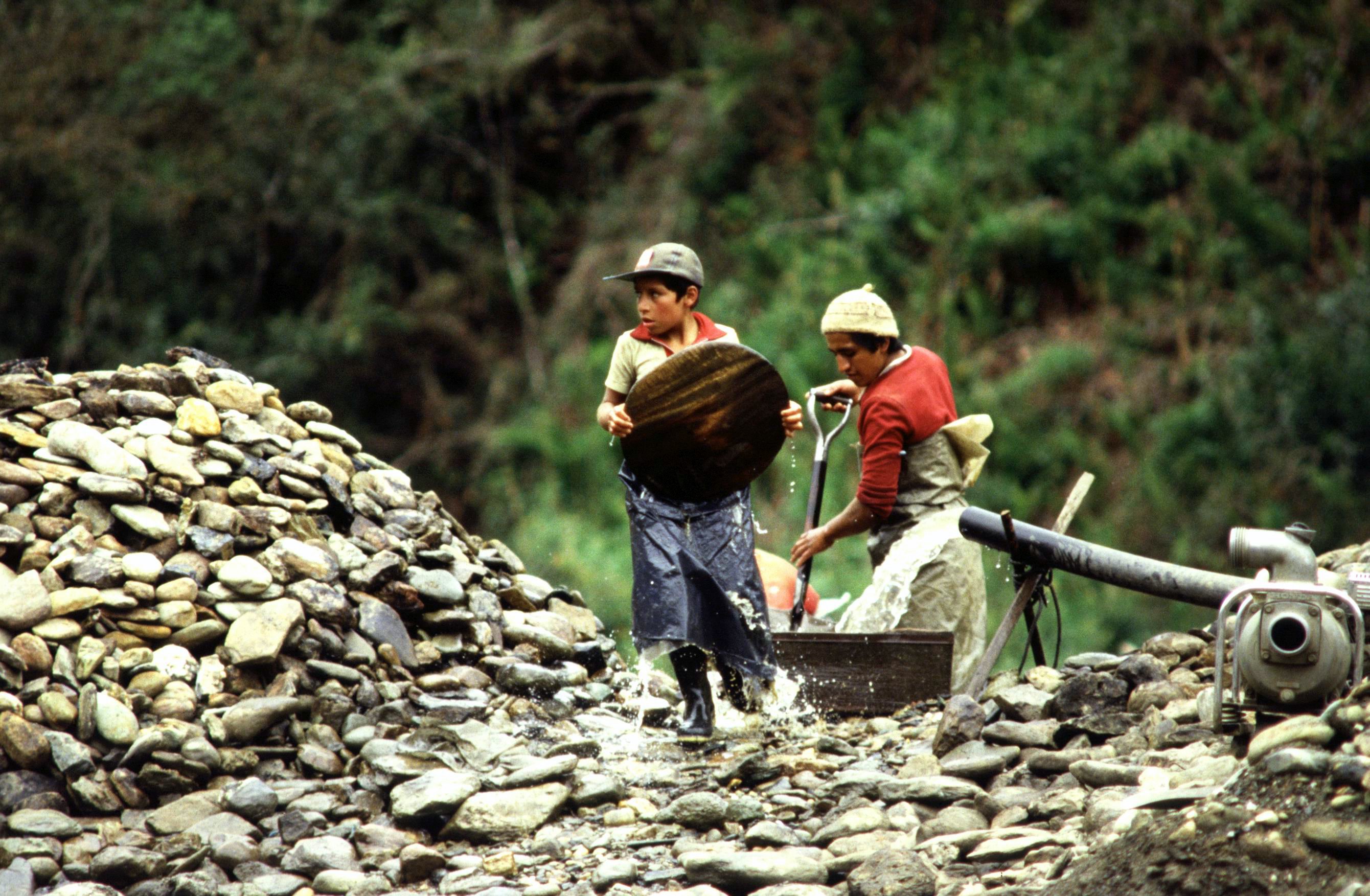

Despite the fact that, Nepal government has ratified many international and national policies to combat child labor in Nepal, a significant number of children are subjected to child abuse and child labor in the country. Based on the national data of Nepal’s Central Bureau of Statistics for 2021, among the 7 million children between the age of 5 and 17 in Nepal, 1.1 million (15.3%) children are subjected to child labor.
The Government of Nepal approved the National Master Plan (NMP) – II on Child Labor in the year 2018, which was executed from that year of endorsement to 2028, and will involve the formulation of evidence based child labor policies in Nepal.
The national report published by International Labor Organization (ILO) in collaboration with the Government of Nepal in 2021, shows that younger children are more subjected to child labor than older ones. Nearly 18 % of children between the ages of 5 and 13 in Nepal are subjected to child labor whereas the rate is 10% for older children between the ages of 14 and 17. The research also showed that female children are more likely to be engaged in child labor than male children in Nepal.
The economic disparity within Nepal unveils itself in the child labor rate as per different regions in the country. Child labor is highest in Karnali region (24.6%) followed by Sudurpashchim (20.9%), while it is the lowest in Bagmati (8.9%).